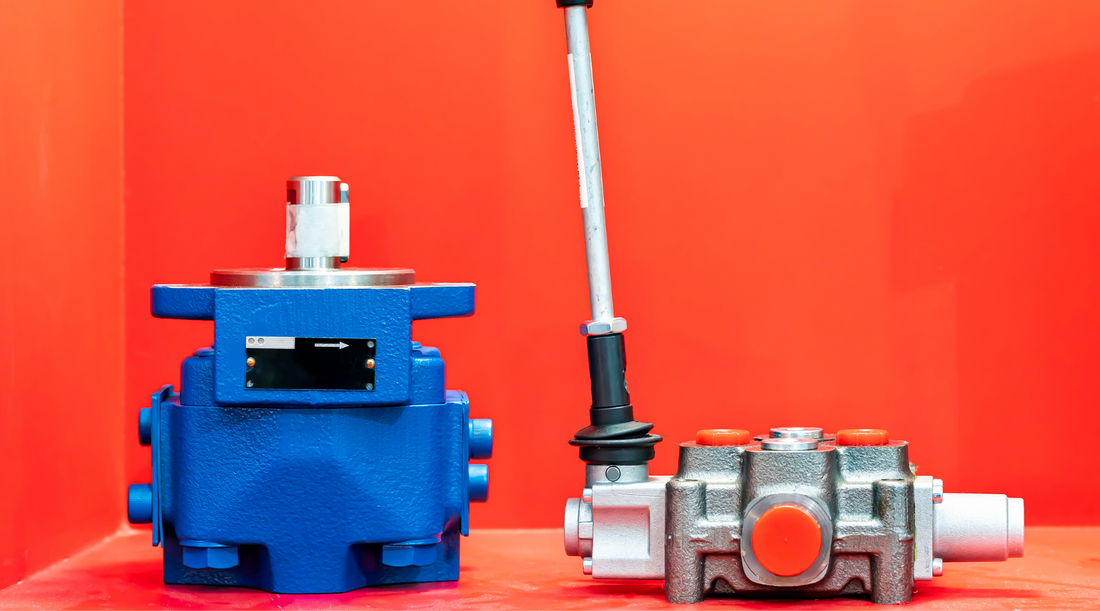Crucial Elements to Think About When Choosing Control Valves
Wiki Article

Maximize Power Cost Savings and Convenience With Advanced Structure Automation Controls
In the world of contemporary design and facility management, the integration of sophisticated structure automation controls stands as a critical improvement. By using the power of automation, buildings can adapt, respond, and progress in ways that were when inconceivable.Power Effectiveness Conveniences
Power performance benefits can substantially decrease energy intake and operational prices in structures. By carrying out energy-efficient techniques and innovations, building proprietors and drivers can achieve significant savings while additionally adding to ecological sustainability. One of the main benefits of enhancing power efficiency in structures is the reduction of energy bills. Energy-efficient systems, such as sophisticated building automation controls, can maximize using resources like air conditioning, heating, and illumination, resulting in reduced power costs with time.In addition, improved energy performance can extend the life-span of building devices and systems. By running much more successfully, HVAC systems, lighting fixtures, and various other structure parts experience less wear and tear, causing decreased upkeep and replacement costs. Additionally, energy-efficient structures often regulate greater residential property values and rental prices, giving long-lasting monetary advantages to proprietors.
Moreover, energy performance can enhance passenger convenience and productivity. Properly regulated indoor atmospheres with ideal lighting and thermal problems create a more favorable and pleasant work area, bring about improved employee complete satisfaction and performance. Generally, the power performance advantages associated with sophisticated structure automation controls are multifaceted, including price savings, environmental stewardship, and passenger health.
Enhanced Convenience Control
Enhancing comfort control in structure atmospheres requires an innovative integration of sophisticated automation systems for ideal passenger wellness. By making use of innovative structure automation controls, facilities can customize the interior atmosphere to satisfy the particular needs and choices of residents. control valves.By incorporating these innovative controls, buildings can not only improve convenience however also boost power effectiveness by optimizing system operations based on real tenancy and use patterns. Ultimately, prioritizing resident convenience through advanced automation systems leads to a more delightful and healthier indoor environment.
Operational Performance Improvements

Moreover, the implementation of real-time monitoring and analytics devices allows structure drivers to determine power inefficiencies and functional abnormalities quickly. By constantly monitoring power usage patterns and system efficiency metrics, adjustments can be made in real-time to maximize power usage and guarantee peak operational effectiveness. control valves. Additionally, integrating demand reaction approaches into structure automation controls can further boost operational effectiveness by dynamically changing energy usage based upon grid problems and rates signals
Indoor Environment Optimization
Efficient interior environment optimization is an essential aspect of building automation controls, ensuring residents' comfort and health while making the most of energy cost savings. By making use of advanced sensing units and controls, developing automation systems can continuously keep track of and adjust temperature, resource moisture degrees, air high quality, and web link air flow to produce an optimal interior environment. Keeping consistent and comfy problems not just enhances occupant contentment however also enhances efficiency and total well-being.Interior climate optimization additionally plays an essential duty in power efficiency. By fine-tuning air flow, home heating, and cooling systems based on real-time information and occupancy patterns, constructing automation controls can dramatically reduce power intake - control valves. For circumstances, applying methods such as demand-controlled ventilation and thermal zoning can assist lessen power waste while making certain that each area of the structure obtains the necessary conditioning.

Lasting Setting Creation
Structure automation controls not just maximize interior environment problems for energy performance and resident convenience however likewise lay the foundation for creating a sustainable environment through tactical administration of systems and sources. By incorporating advanced structure automation innovations, such as sensors, actuators, and smart software, facilities can keep an eye on and readjust energy usage in real-time to reduce waste and reduce their carbon impact. These systems allow anticipating upkeep, identifying prospective issues before they escalate and maximizing equipment performance to boost longevity and efficiency.Additionally, lasting atmosphere development extends beyond power administration to include water preservation, waste reduction, and indoor her explanation air high quality improvement. Building automation controls can manage water use, find leaks, and guarantee proper waste disposal practices, adding to overall sustainability initiatives. Furthermore, by keeping an eye on and controlling air flow and filtration systems, these innovations improve owner wellness and performance while decreasing power intake linked with cooling and heating procedures.
Verdict
Finally, progressed building automation controls offer significant benefits in regards to power savings, convenience control, operational efficiency, interior environment optimization, and creating a lasting environment. By executing these controls, buildings can attain optimal performance while minimizing energy intake and boosting resident comfort. It is apparent that using innovative automation technology is important in boosting building performance and developing a more sustainable future.Power efficiency benefits can dramatically decrease energy consumption and operational costs in buildings. On the whole, the power performance advantages associated with innovative structure automation controls are multifaceted, incorporating cost financial savings, ecological stewardship, and occupant wellness.
In addition, integrating need response strategies into building automation controls can further enhance functional effectiveness by dynamically changing power use based on grid conditions and prices signals.
Building automation controls not just optimize indoor environment problems for energy performance and passenger comfort but likewise lay the structure for developing a sustainable atmosphere with tactical administration of resources and systems.In conclusion, advanced building automation controls deal considerable advantages in terms of energy financial savings, comfort control, operational efficiency, interior environment optimization, and producing a lasting atmosphere.
Report this wiki page